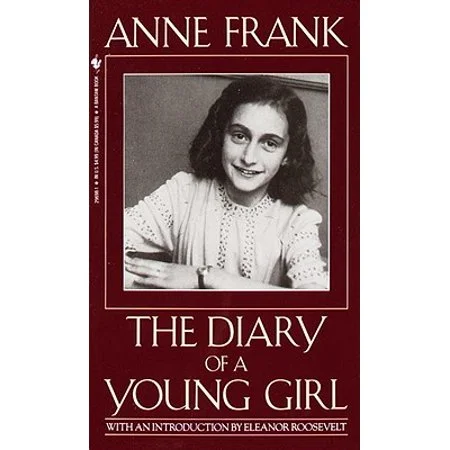The True Adventures of Esther the Wonder Pig
Today’s censorship highlight is something new to me. When you study book challenges you get used to seeing the same titles pop up a lot. Just take a look at the American Library Association’s list to see how consistently the same books appear. Recently, I requested records of a challenge to Anne Frank’s Diary (yes, people challenge it) and since the same library had a few other random challenges I requested those as well because no good social scientist passes on extra data. I had never heard of The True Adventures of Esther the Wonder Pig before and didn’t know what to expect. It turns out that this children’s book is based on the true story of a couple who adopted what they thought was a micro-pig only to discover that “micro” may be in the eye of the beholder. So what could be objectionable about a story of a couple adopting a pig, you might ask. Lets see …
“There are two Dads in the book. The back description refered to them as a family, but throughout the book the men were called the pigs Dads.”
Yes, it is yet another in the long list of challenges based on the presence of a gay family. Since roughly 1990, and accelerating quickly in the 2000s, children’s picture books have increasingly offered queer content. Two of the most challenged books in the 1990s were Daddy’s Roommate and Heather Has Two Mommies and, in 2000, a federal court held that restricting them was unconstitutional. Similar books have been challenged many, many times, such as Uncle Bobby’s Wedding (which is being released again with humans instead of guinea pigs). Parents frequently object to children’s literature that depict gay people, even in passing, because they find their very existence objectionable. Note the challenger here suggests that they were expecting a family book but was surprised by gay dads with the implication being that gay parents can’t be part of a family.
“I was reading it to my 5 + almost 3 year old. I tried to switch books, but they didn’t understand why, so I changed the wording. There is no reason to have to explain why someone would have 2 Dads just by accidently getting the wrong book. It makes me feel like I now need to preview all the books from the kids section.”
The danger of this book is that kids will become aware that gay people exist. Many find this to be a shocking reason to challenge a book but I see it so often that the novelty has worn off. There’s nothing objectionable in the book in terms of language or dangerous images. It’s a standard picture book with reviews saying that it is wonderfully illustrated in particular. The only objectionable element is that the dads exist. The challenger desperately wants to keep the existence of gay people hidden from their children, going so far as to editing the book during the reading to hide the information. In response to a question about what the challenger would say is the appropriate age group for Esther they wrote “None, but definitely older then my kids.” The none is not hyperbole. Challengers of children’s literature with queer characters frequently state that it is unsafe for any age group, presumably even adults. The reason why is not made clear by this challenger but ultimately it is a fear of contagion. As I’ve discussed before in relation to challenges to trans literature, challengers fear that their straight, cisgender — or often in their own words, normal — children will be contaminated by the simple knowledge that queer folk exist. At a minimum they want, as this challenger argued, to delay their children’s knowledge of the world: “I just don’t like forcing these discussions at such a young age.”
Rather than demand Esther’s immediate removal from the library, the challenge requested a warning: “some clear indication of it mixed in with other [children’s] material. Maybe some type of stickers?” In a thoughtful and kind response, the library explained that the ALA’s Freedom to Read Statement and Library Bill of Rights advise against such labeling as it “can lead to censorship because it requires pre-judging of materials by a librarian.” Instead, the library adheres to a perspective that books are for the reader to judge without someone else’s narrow-minded opinion of what is objectionable influencing them. In other words, a parent this sensitive about the simple existence of some people should be expected to preview the books their children read rather than demand that libraries anticipate their sensitivities. Sadly, I doubt this will be the only time Esther shows up in a challenge in the future.




